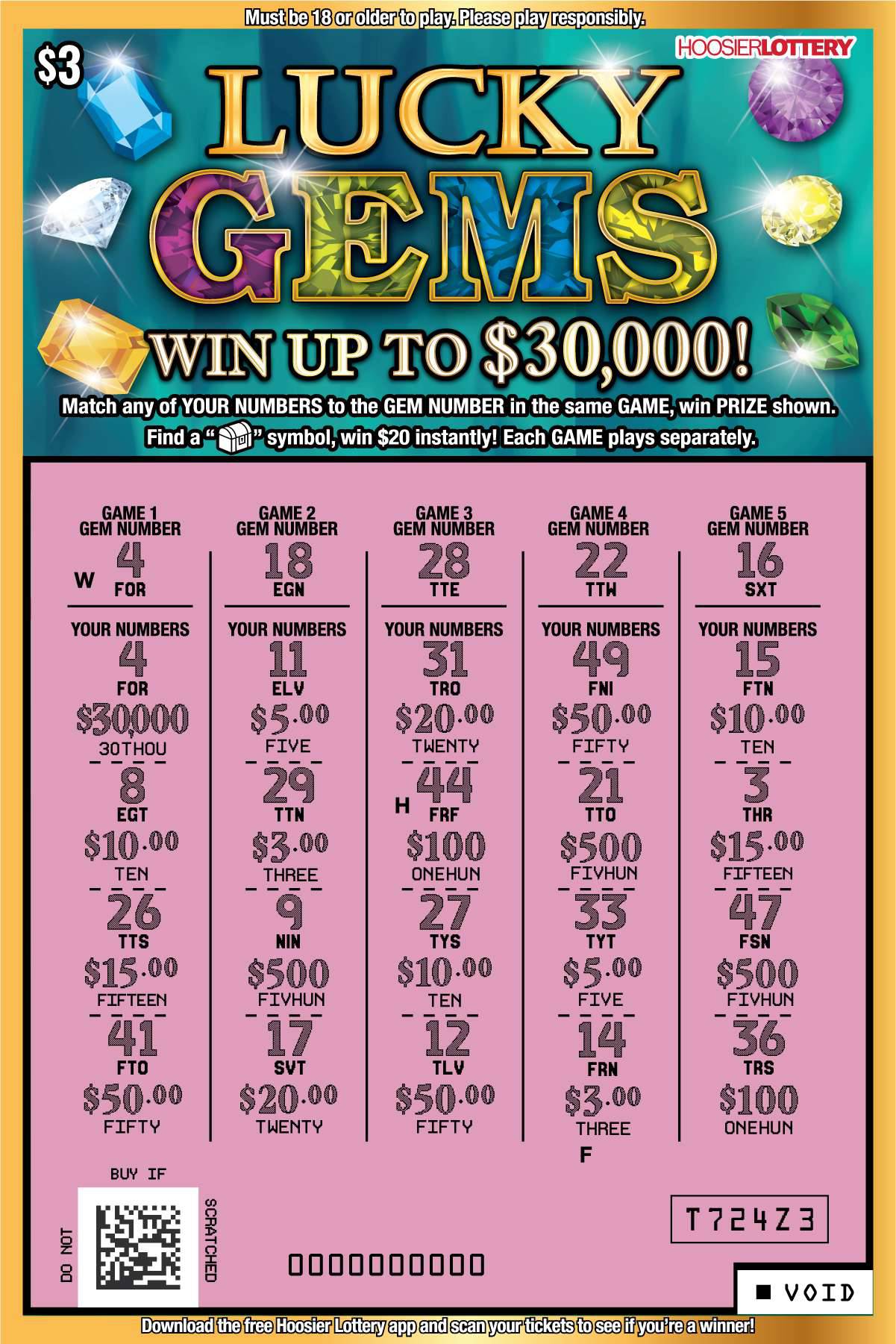

As a fan, you don't care if your team wins by a point or 100. A win is a win, though that 100-point win would be a little easier on the nerves.
Sticking with the example above, you might expect to see the NFL point spreads set at 13.5, with odds of -110 on the Eagles -13.5, and odds of -110 on the Jets +13.5. The odds that a point spread provide may vary based on the sportsbook. The purpose of a point spread is to level out the playing field between two teams/players. Accordingly, most point spread bets provide odds close to even money. The average odds for a point spread wager is between -110 and -120.
In sports betting, how much a team wins by is usually all that matters.
Point Spreads Explained. The point spread is probably the most common bet when you think of wagering on a single sporting event. That is because it's designed to bring the two teams to an even playing field through the use of a handicap installed by oddsmakers. The most common betting line for a point spread is -110. A -110 line on either side is like paying a tax or commission to the sportsbook. Bettors would pay 10 percent (aka juice) to the sportsbook, which is.
The most popular way to bet for the two most popular sports, basketball and football, is with the point spread, also known as the 'side.' Most baseball, hockey and soccer bets are on the moneyline, which is betting on a team to win straight up with adjusted odds. Football and basketball have moneyline bets available too, but most people will take the point spread.
The concept can be a bit confusing if you've never dabbled in sports betting before.
Why bet with the point spread?
The point spread was created to attract more action on a game. When the San Francisco 49ers are expected to blow out the Arizona Cardinals, it's not enticing to lay $300 to win $100 on a moneyline. But when the 49ers are 11-point favorites and each side is -110 odds? That's much easier.
In that example, the 49ers are spotting the Cardinals 11 points before the game starts, at least for bettors. The 49ers have to win by 12 or more points to cover the spread. If the Cardinals win or lose by 10 or less, that side wins the bet. If the game lands on 11, like a 21-10 49ers win, it's a push and all bets are refunded. If you see a -11 that means that team is favored, and +11 means you're taking the underdog.
Convert american odds to probability. Negative odds - The probability divided by (1 minus (the probability divided by 100)) then multiply by -1 to convert into a negative e.g. A probability of 60% = (60 / (1 - (60/100))).1 = -150. How do you convert american odds to decimal? Positive odds - 1 plus (the american odds divided by 100) e.g. American odds of 300 = 1 + (300/100) = 4. If odds are stated as an A to B chance of winning then the probability of winning is given as P W = A / (A + B) while the probability of losing is given as P L = B / (A + B). For example, you win a game if you pull an ace out of a full deck of 52 cards. Pulling any other card you lose. How to convert decimal betting odds. Decimal odds are the easiest to convert into a percentage. For decimal betting odds, the formula is: 1 / decimal odds. If the decimal betting odds are 2.10, the equation would look like this: 1 / 2.10 = 0.4761904. Multiple your end result (0.4761904) by 100 to get the percentage: 47.6%. Probability/Odds Conversion Converting probabilities into odds, we simply divide the probability by 1 less the probability, e.g., if the probability is 25% (0.25), the odds are 0.25/0.75, which can also be expressed as 1 to 3 or 1/3 or 0.333.
Point Spread College Football
Nothing sharpens your math skills better than trying to figure out how big your lead as a bettor is if you have a 22.5-point basketball underdog that is losing 90-72.
The problem with the point spread can be when a team — which really doesn't care that you bet the favorite at -11 — has a 14-point lead but gives up a meaningless score at the end to win by only seven points. They're still happy with the win. You, as a bettor, are not.
© Provided by Yahoo! Sports Sportsbooks have large boards that display point spreads for all games that day. (AP Photo/John Locher, File)Bet365 Point Spreads
Point spreads lead to bad beats
The most infamous example of a bad beat with the point spread probably came in the 2004 Final Four at the NCAA men's basketball tournament.
Point Spread Olg
Duke was a 2.5-point underdog against UConn. The Huskies rallied late and took a 79-75 lead on a free throw with 3.2 seconds left. The game itself was over; Duke couldn't score twice in a few seconds. But Duke guard Chris Duhon pulled up for a running 3-pointer just over the half-court line and banked it in at the buzzer. Duke lost 79-78, but bettors who had Duke and 2.5 points won. March Madness is a huge event for bettors, and reports at the time estimated that Duhon's 'meaningless' shot resulted in a $30 or $40 million swing in Nevada. UConn players celebrated at the final buzzer. UConn bettors doubled over in pain. That's the difference between betting the moneyline and the point spread.
Bet365 Point Spread Point
Baseball and hockey have point spreads too, the 'run line' in baseball and 'puck line' in hockey. It's generally 1.5 with odds adjusting accordingly. Taking a big baseball favorite at -1.5 runs can make the odds more palatable. Of course, betting the New York Yankees at -1.5 to bring down the odds from -190 to -110 isn't too fun when they win 4-3 and you don't cash a bet.
Point Spread Betting
Betting on the point spread is the most common way to wager on sports. And the first time you take a favorite that wins the game but doesn't cover the spread, you'll understand every bettor's heartbreak. 888sport skrill.
